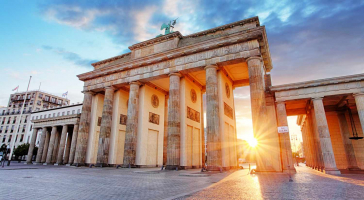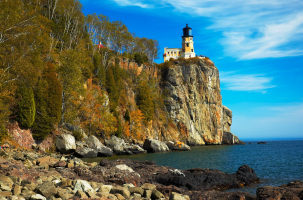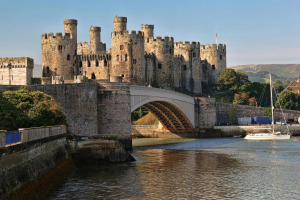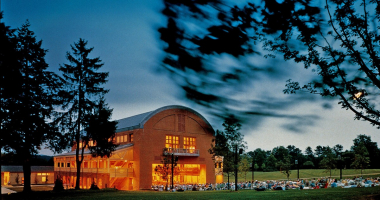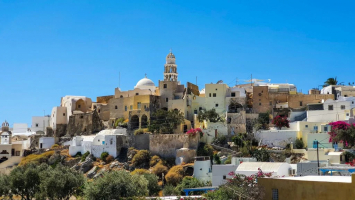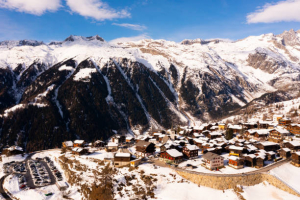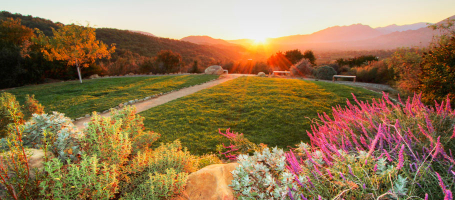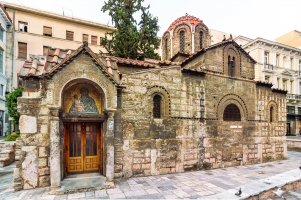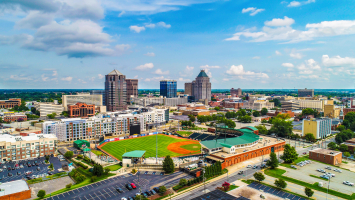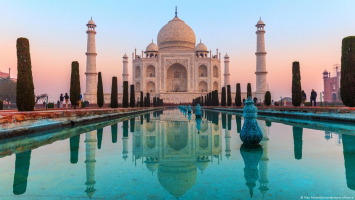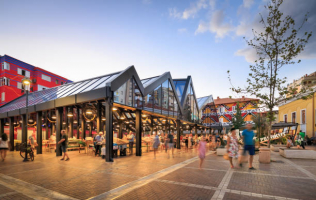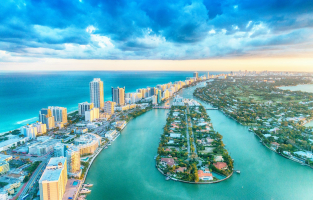Top 10 Best Things to Do in Tokyo
Tokyo is one of the most attractive cities in the world offering a wide variety of tourist attractions, including heritage places, unique museums, stunning ... read more...skyscrapers, and cultural experiences. It could be challenging for first-time visitors to choose what to do in Tokyo, so this article is the answer you need. Let's check out some of the Best Things to Do in Tokyo below!
-
The beautiful Meiji Shrine (Meiji Jing), built-in 1915 and dedicated to Emperor Meiji and his wife, Empress Shken, was completed in 1926. Although the old building was destroyed during World War II, it was reconstructed in 1958 and is still one of the most significant religious sites in Tokyo.
The shrine's highlights include its Inner Precinct (Naien), which houses a museum with royal treasures, and the Outer Precinct. The Inner Precinct is surrounded by a 175-acre evergreen forest that is home to about 120,000 trees representing species found across Japan, as well as the fascinating "wishing tree," on which visitors can write and hang their deepest wishes (Gaien). The Meiji Memorial Picture Gallery, which has a beautiful collection of paintings depicting the life of the emperor and empress, is housed in the Outer Precinct.
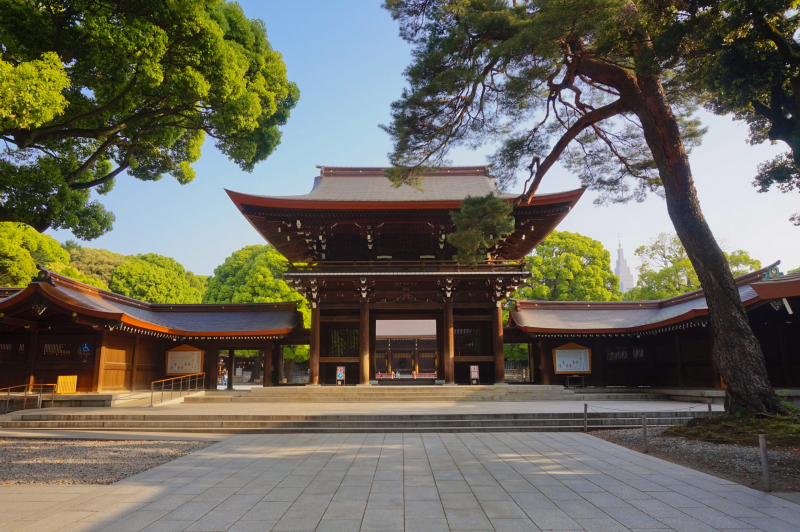
Enjoy Nature and Art at the Meiji Shrine 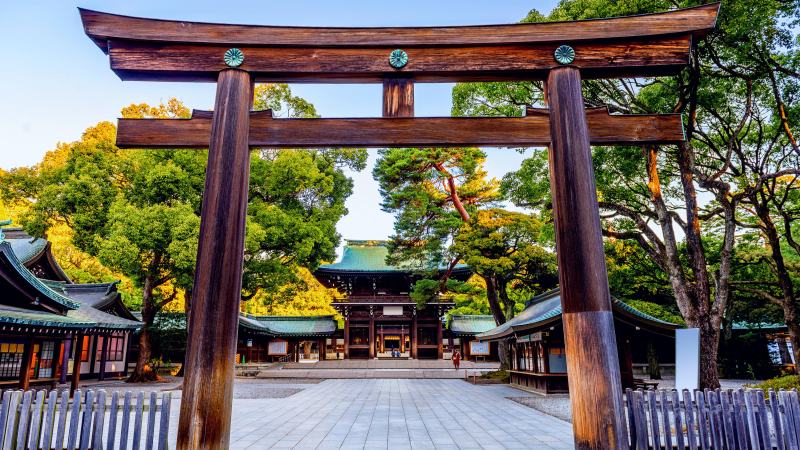
Enjoy Nature and Art at the Meiji Shrine -
Visit the Shinjuku Gyoen National Garden to stroll through one of Tokyo's most historic areas. Formerly the residence of the Naito family during the Edo period (17th-19th centuries), it was transferred to the Imperial Family. It was first established in 1949 and is now a national garden. It is regarded as one of Japan's most stunning gardens.
Because it combines three traditional garden styles, French Formal, English Landscape, and Japanese Traditional, the garden is regarded as one of the best. Due to the approximately 1,500 cherry trees in the garden, it also happens to be one of the greatest places in Tokyo to see the cherry blossoms. There are also tulip trees, cypresses, and Himalayan cedars. When the leaves start to turn crimson and gold in the fall, a lot of people visit the garden. The garden also has a greenhouse, beautiful ponds, and a number of pavilions.
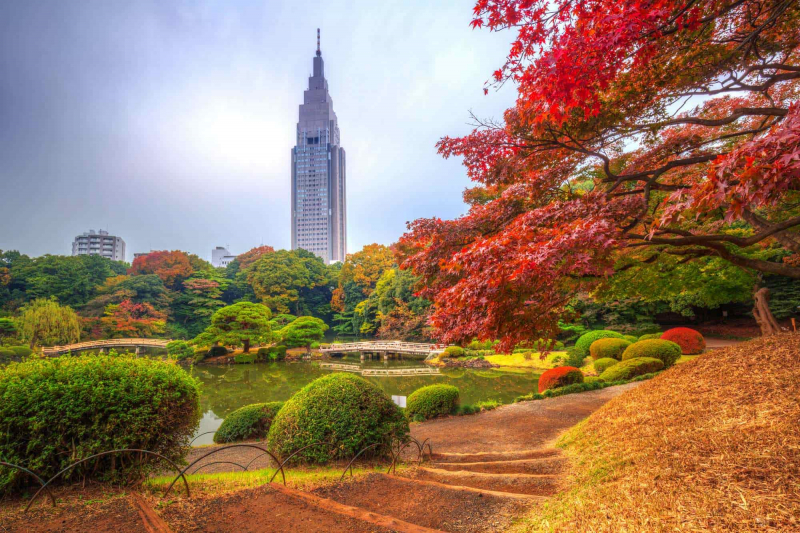
Explore the Shinjuku Gyoen National Garden 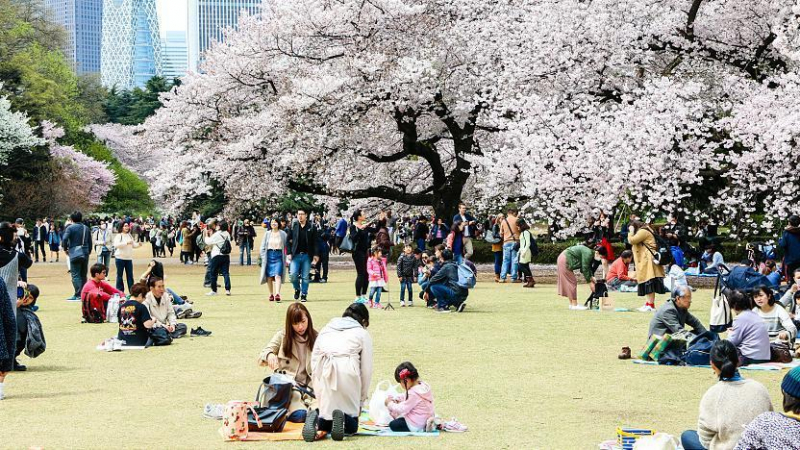
Explore the Shinjuku Gyoen National Garden -
Ueno Park (Ueno Ken), the largest green area in the city, is a beautiful oasis of green in the middle of bustling Tokyo and one of the city's most visited tourist destinations. The park has lovely grounds in addition to a variety of temples and museums that may be visited.
This 212-acre park, which is crisscrossed by pleasant gravel paths, has activities including a journey in a small boat on the reed-fringed Shinobazu pond, around a little island with its Bentendo Temple. Don't forget to visit the 256 bronze and stone lanterns at the Toshogu Shrine (Nikk Tsh-g), which dates back to the 17th century. Ueno Zoo (Onshi Ueno Dbutsuen) is a noteworthy attraction in this area. It is the oldest zoo in Japan and was founded in 1882. It's also worthwhile to visit the Aqua-Zoo, one of Asia's biggest aquariums, especially if you're with kids.
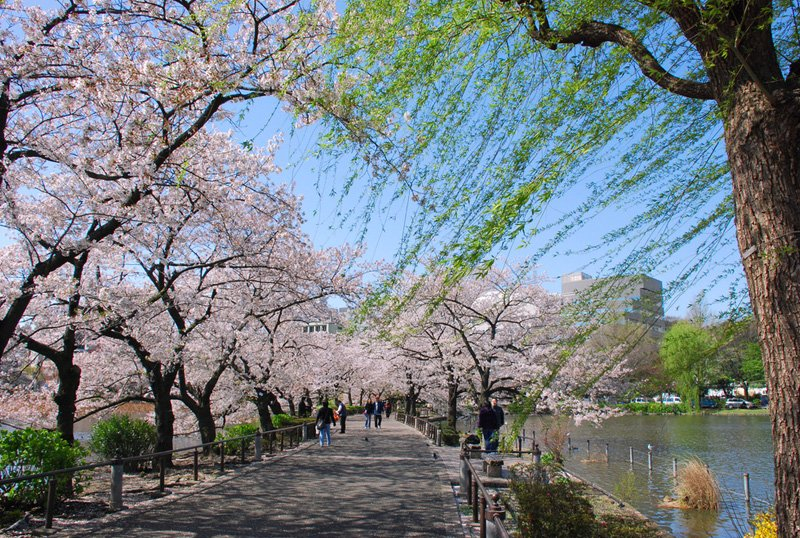
Enjoy Nature at Ueno Park and Ueno Zoo 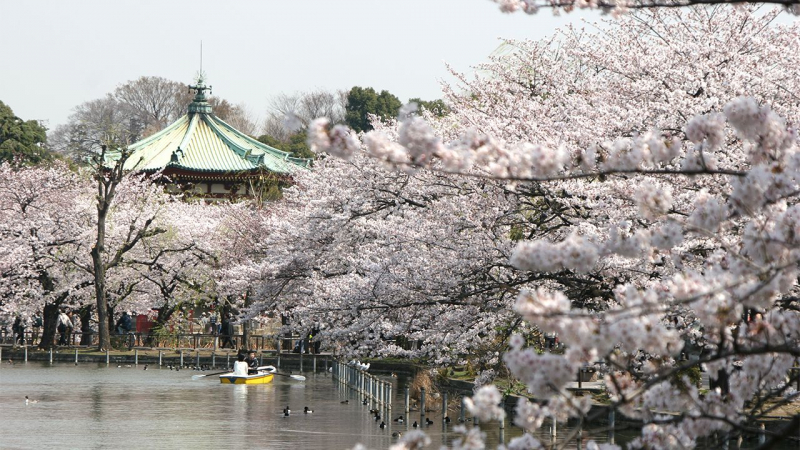
Enjoy Nature at Ueno Park and Ueno Zoo -
The magnificent Sensō-ji Temple (Kinry-zan Sens-ji), the city's most well-known shrine, stands at the end of a lengthy street market with vendors selling toys, kimonos, fabrics, carvings, combs made of ebony and wood, and precious paper goods.
The temple was founded in AD 645 and is dedicated to Kannon, the Buddhist goddess of compassion. Despite being extensively restored, the temple still has its original appearance. The Kaminari-mon Gate, with its 3.3-meter-high red paper lantern bearing the inscription "Thunder Gate," and the well-known Incense Vat, which is said to ward off illnesses (you'll see people cupping their hands around the smoke and applying it to the part of their bodies needing healing), are both highlights of a visit. The fascinating temple doves, which are believed to be Kannon's sacred messengers, are also noteworthy. Make sure to put a coin in the Omikuji boxes by the door so you may get a piece of paper with your fortune on it.
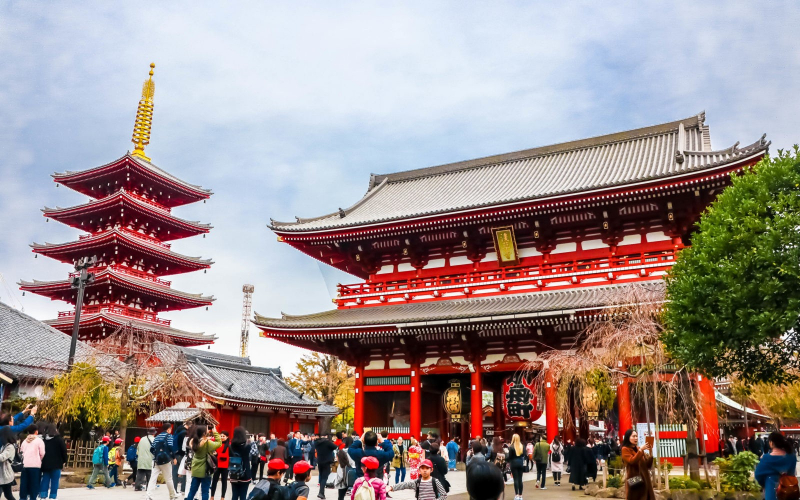
Visit the Sensō-ji Temple 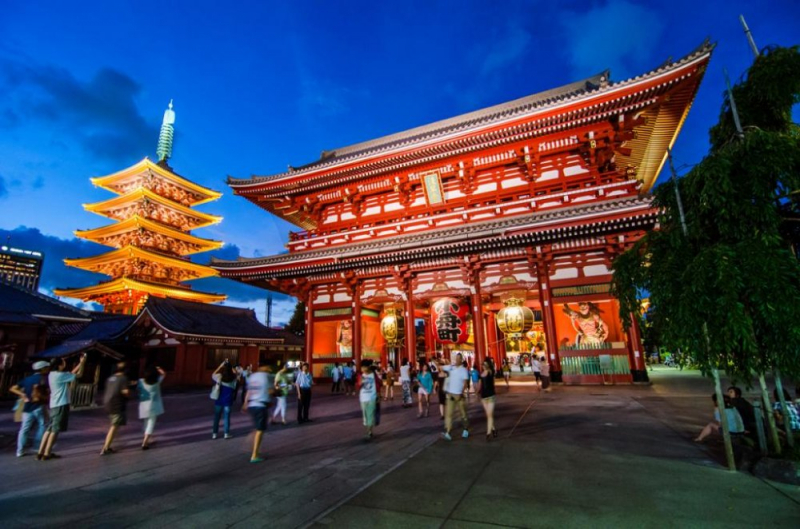
Visit the Sensō-ji Temple -
Tokyo's main retail district, Ginza, is much older and as well-known as Times Square in New York. In fact, it has served as the nation's commercial center for centuries and is the junction of five historic routes that connect Japan's largest cities.
The Ginza district, which is lined with upscale boutiques and magnificent royal buildings, is also enjoyable to stroll around. Even better, have a seat at one of the numerous restaurants or tea and coffee shops there and watch people rush past. It is one of the world's largest pedestrian zones on weekends when everything is open and traffic is prohibited, making it a shoppers' paradise. Ginza is lighted by huge neon advertising panels that cover many of its buildings at night. Along with the Shinbashi Enbuj Theatre, which holds performances of Azuma-Odori dances and Bunraku, it is also home to the renowned Kabuki-za Theatre (see #12 below), where traditional Kabuki performances are held.
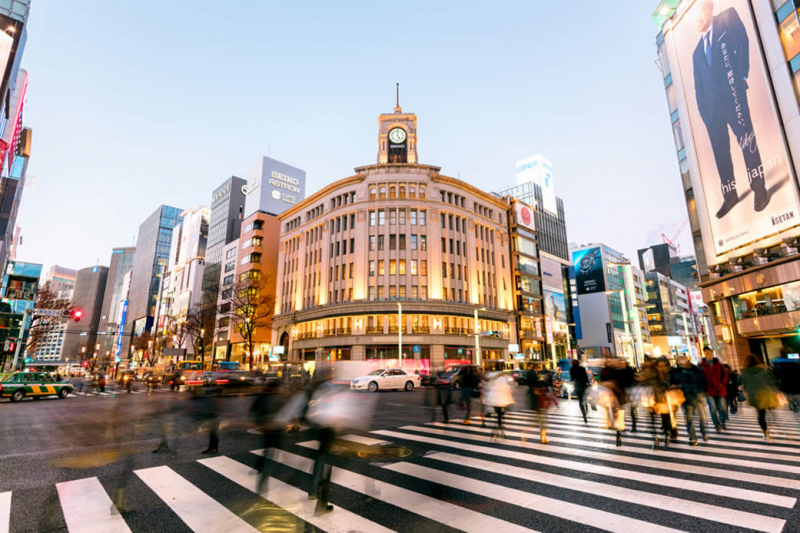
Shop 'Til you Drop in the Ginza District 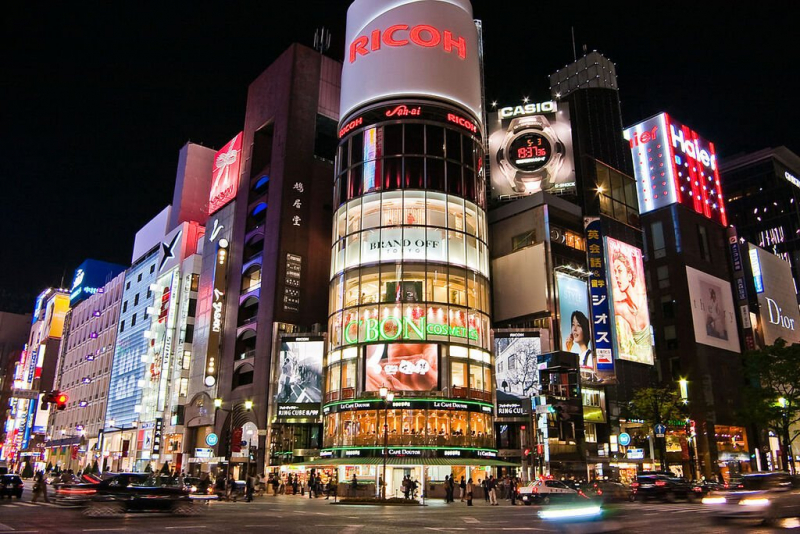
Shop 'Til you Drop in the Ginza District -
The Tokyo Skytree, the highest building in the nation (as well as the tallest freestanding skyscraper in the world), opened in 2012 and has since become one of the city's most popular tourist destinations because of the breathtaking panoramic views it offers from its restaurant and observation decks.
The Tokyo Skytree (Tky Sukaitsur) has a height of 634 meters and is a communications and observation center for the city of Minato. The tower's base is shaped like a huge tripod, and it has many cylindrical viewing levels, including those at 350 and 450 meters. At the latter, there is a special glass spiral path that leads to an even higher viewpoint with glass floors for those who has brave enough. Don't forget to have a look at the 1958-built Tokyo Tower, which is smaller and much older and was once the city's highest building.
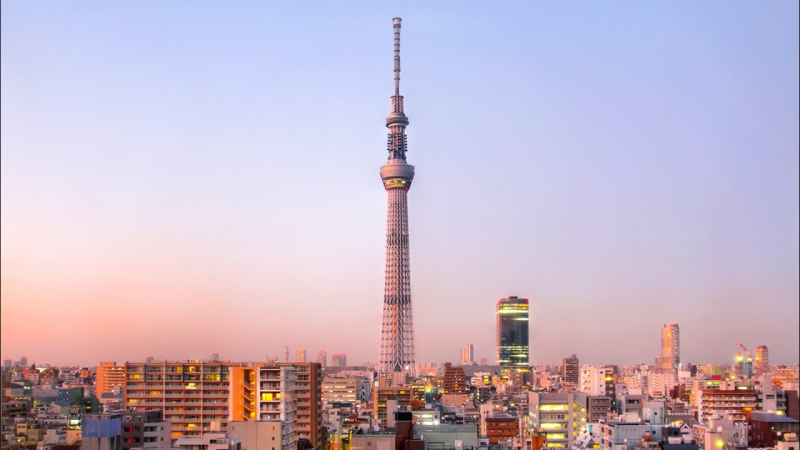
See the View from the Tokyo Skytree 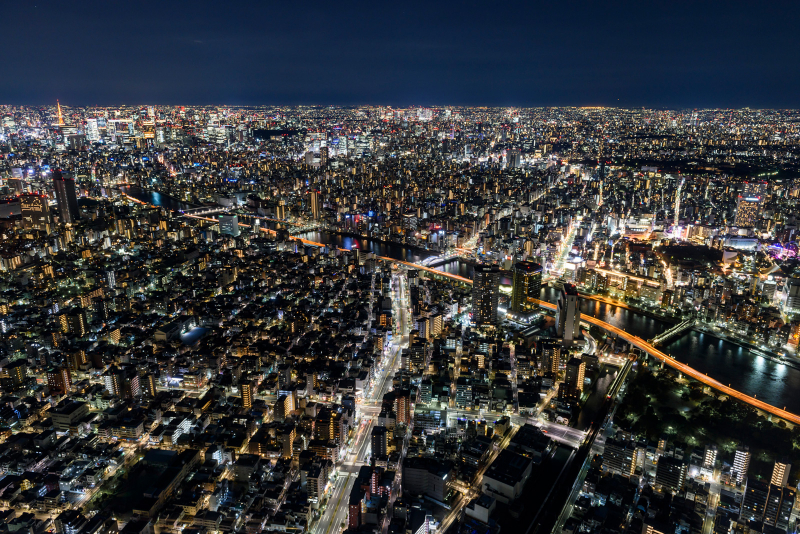
See the View from the Tokyo Skytree -
More than 100,000 significant works of Japanese, Chinese, and Indian art, including more than 100 national treasures, are housed in the Tokyo National Museum (ky Kokuritsu Hakubutsukan).
Highlights of the 1938-opened TNM include numerous Buddhist sculptures from China and Japan dating from the 6th century to the present, as well as beautiful collections of antiquated clothing, vintage weaponry, and military equipment. Its extensive collections of Asian ceramics and pottery, as well as ancient Japanese clothing, are very remarkable. The museum's exquisite collections of Japanese and Chinese masterpieces of lacquer work from various centuries, including examples of lacquer-carving, gold lacquer, and lacquer with mother of pearl, are another must-see. Important works of art include Japanese paintings from the 7th to the 14th centuries.
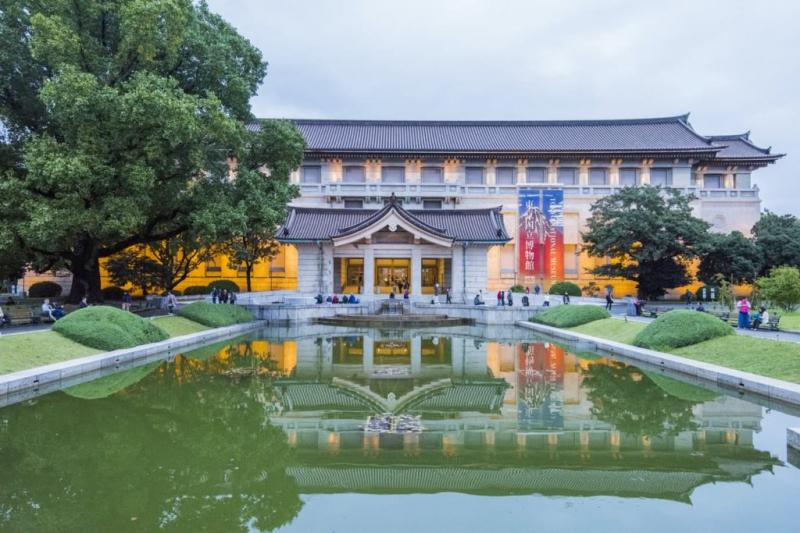
Wander through the Tokyo National Museum 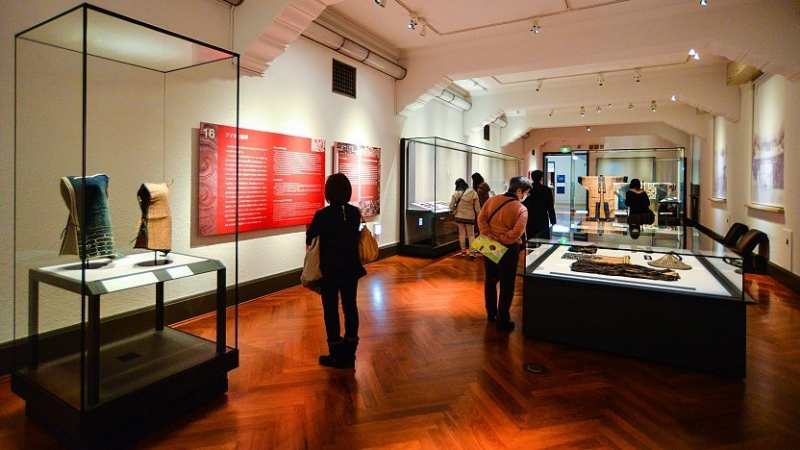
Wander through the Tokyo National Museum -
The Imperial Palace (Kkyo), with its beautiful 17th-century parks encircled by walls and moats, is the main draw of Tokyo's Marunouchi district. The Imperial Palace, which is still in use by the Imperial family, is located on the site where Feudal Lord Ota Dokan built the first fortress in 1457, serving as the center from which the city of Tokyo (or Edo, as it was then called), gradually spread.
The Nijubashi Bridge, which leads to the palace's interior and gets its name from its double reflection in the water, is as well-known as the palace itself. The palace's two-meter-thick surrounding wall and its gates, one of which leads to the East Higashi-Gyoen Garden, are other noteworthy features. The Kikyo-mon Gate, Someikan (Visitors' House), Fujimi-yagura ("Mt. Fuji View" Keep), the East Gardens and Inner Gate, the Seimon-tetsubashi bridge, and the Imperial Household Agency Building are all part of the Imperial Palace tours that are available (pre-registration is necessary, so be sure to plan ahead).
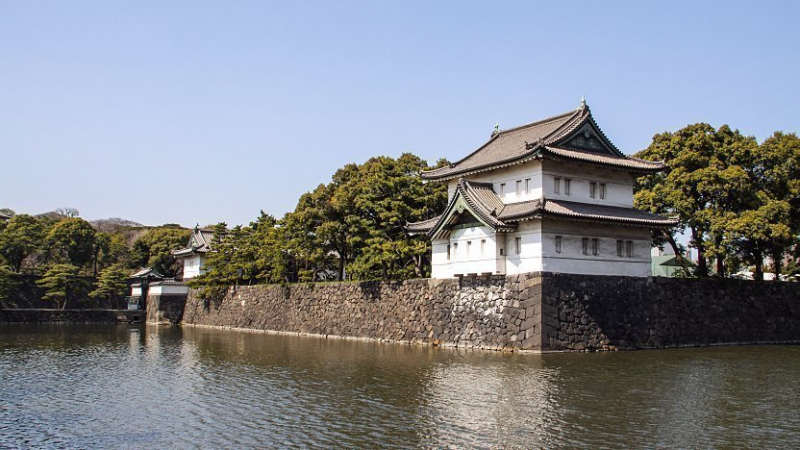
Tour the Imperial Palace 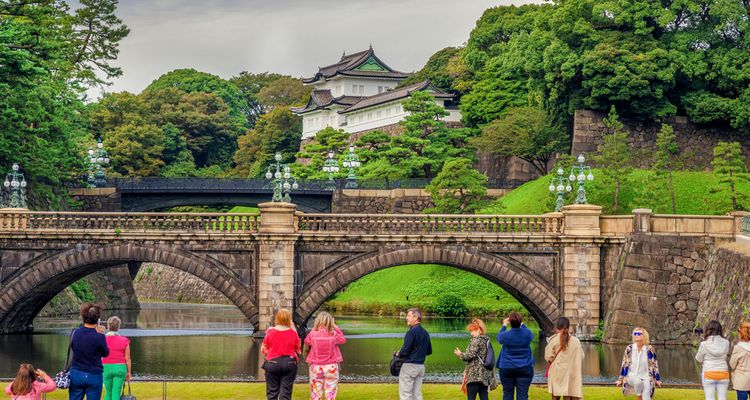
Tour the Imperial Palace -
The impressive National Museum of Emerging Science and Innovation (Nippon Kagaku Mirai-kan), also known as the Miraikan and one of Tokyo's newest museums, provides an eye-opening look into Japan's leading role in the field of technology.
This cutting-edge, purpose-built facility was created by Japan's Science and Technology Agency and has a wide variety of interactive hands-on exhibits covering topics including earthquakes, weather, renewable energy, and robotics. A robotics exhibition and many displays about modern transportation, including an excellent model of a Maglev train, are highlights. The Edo-Tokyo Museum is a worthwhile addition as well. The museum's exhibits focus on the area's rich past, present, and future. It was completed in 1993.
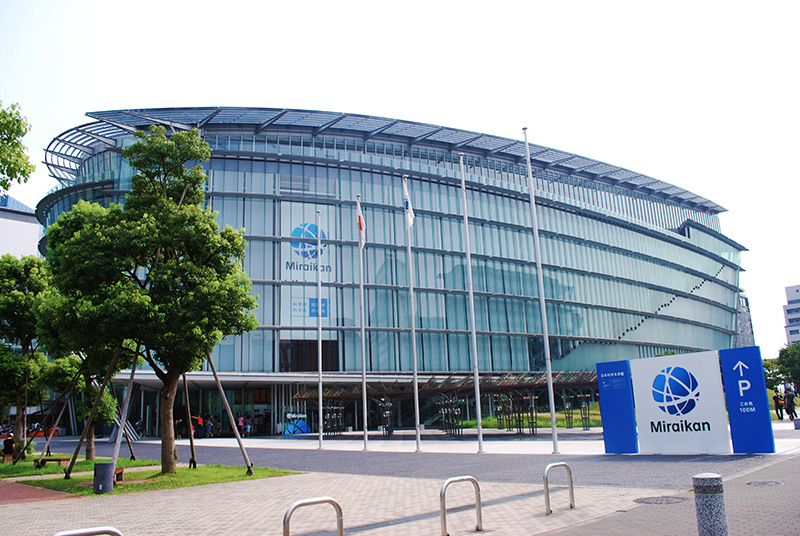
Visit the Miraikan and Edo-Tokyo Museums 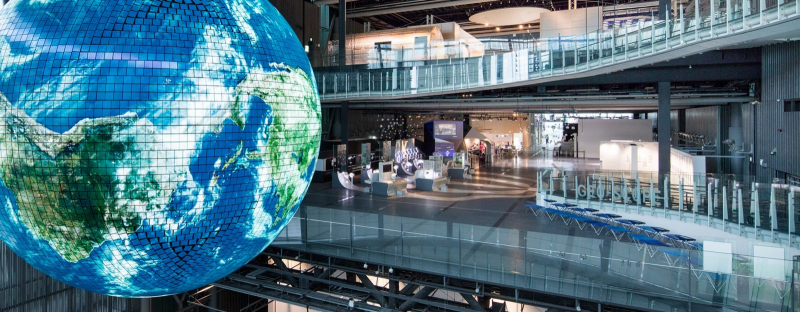
Visit the Miraikan and Edo-Tokyo Museums -
The outstanding National Museum of Nature and Science (Kokuritsu Kagaku Hakubutsukan), one of the nation's oldest museums, is located in Tokyo's Ueno Park.
The museum, which has since undergone a complete restoration and renovation, has earned a reputation as one of the busiest and largest in the nation. It houses a large collection of over 250,000 materials pertaining to science and natural history. These comprise a range of unique interactive displays on the development of space technology, nuclear energy, and transportation, each of which offers visitors a unique viewpoint on the newest scientific and technical advancements. Numerous exhibitions of extinct species and the history of the Japanese people, including traditional clothing and customs, are highlights of the Japan Gallery (Nihonkan). There are many excellent scientific and technological displays in the Global Gallery (Chikykan) that welcome you to explore!
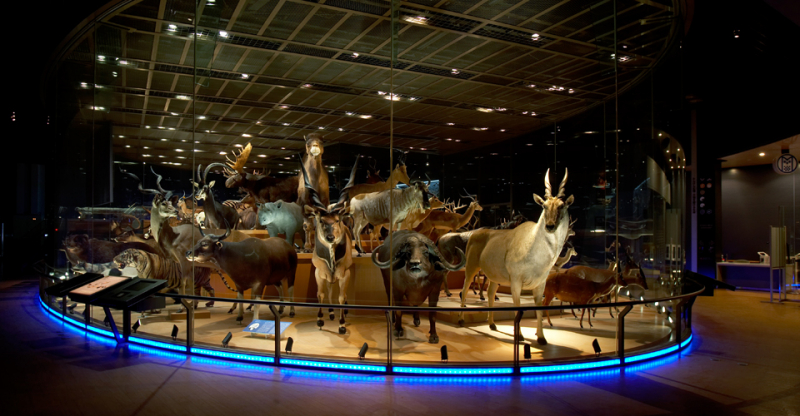
Stop in at the National Museum of Nature and Science 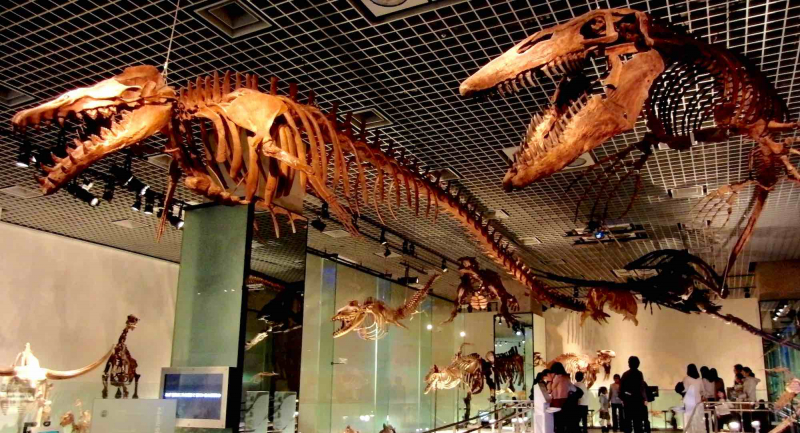
Stop in at the National Museum of Nature and Science












